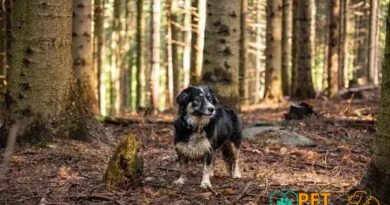What is gaining dog agility
Understanding Dog Agility
Dog agility is a competitive sport that involves dogs navigating through a timed obstacle course. This sport showcases the dog’s ability to follow commands and maneuver through various challenges, including jumps, tunnels, and weave poles. The essence of dog agility lies in the teamwork between the handler and the dog, making it a thrilling experience for both.
The Rise of Dog Agility Competitions
In recent years, dog agility has gained immense popularity, with numerous competitions held worldwide. These events attract participants of all skill levels, from beginners to seasoned professionals. The increasing interest in dog agility can be attributed to its engaging nature, the bond it fosters between dogs and their owners, and the physical and mental stimulation it provides for the dogs.
Benefits of Gaining Dog Agility Skills
Gaining dog agility skills offers a plethora of benefits. It enhances the dog’s physical fitness, improves obedience, and boosts confidence. Additionally, agility training can help alleviate behavioral issues by providing an outlet for excess energy. As dogs learn to navigate obstacles, they also develop problem-solving skills and a stronger connection with their handlers.
Essential Equipment for Dog Agility
To participate in dog agility, specific equipment is required. Common obstacles include jumps, tunnels, seesaws, and weave poles. These items can be purchased or homemade, allowing for flexibility in training environments. Proper equipment ensures that dogs can practice safely and effectively, which is crucial for their development in the sport.
Training Techniques for Dog Agility
Training a dog for agility involves a combination of positive reinforcement, patience, and consistency. Handlers should start with basic commands and gradually introduce agility obstacles. It’s essential to create a fun and rewarding atmosphere, as this encourages dogs to engage and learn. Regular practice sessions help reinforce skills and build confidence.
Choosing the Right Dog for Agility
Not all dogs are suited for agility training, but many breeds excel in this sport. Breeds such as Border Collies, Australian Shepherds, and Shetland Sheepdogs are known for their agility and intelligence. However, mixed-breed dogs can also thrive in agility with the right training and motivation. The key is to assess the dog’s temperament, energy level, and willingness to learn.
Agility Classes and Clubs
Joining agility classes or clubs can significantly enhance a dog’s training experience. These organizations provide structured training environments, access to experienced instructors, and opportunities for socialization. Participating in a community of agility enthusiasts can also motivate handlers and dogs to improve their skills and compete in events.
Common Challenges in Dog Agility
While dog agility can be rewarding, it also presents challenges. Handlers may encounter issues such as lack of focus, fear of obstacles, or inconsistent performance. Addressing these challenges requires patience and adaptability. Understanding the dog’s behavior and adjusting training methods accordingly can lead to successful outcomes.
The Future of Dog Agility
As dog agility continues to gain traction, its future looks promising. Innovations in training techniques, equipment, and competition formats are emerging. Additionally, the sport’s inclusion in various media platforms is raising awareness and attracting new participants. The growing community of dog agility enthusiasts ensures that this exciting sport will thrive for years to come.



